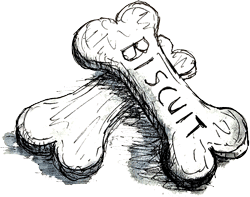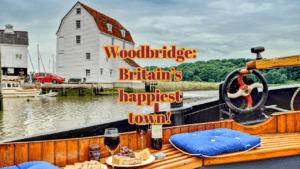
A Guide to Suffolk’s maritime history
With a rich maritime history spanning centuries, there’s more than enough for us to get stuck into when writing about this aspect of Suffolk. From historic ports and shipbuilding traditions to naval engagements and fishing communities, our county’s relationship with the sea has shaped its development and culture.
Ancient Maritime Roots
Suffolk’s connection with the sea dates back to ancient times. Specifically, archaeological finds indicate that the region’s earliest inhabitants engaged in fishing and seafaring to get by. The estuaries of the rivers Orwell, Stour, and Deben provided sheltered waters for early boats, facilitating trade and transportation. The Sutton Hoo ship burial, discovered near Woodbridge, is also one of the most significant archaeological finds in the UK. Dating back to the early 7th century, it suggests that Anglo-Saxon kings used large, elaborately decorated ships, highlighting the importance of maritime activities even in early mediaeval times.
Medieval and Tudor Periods
During the mediaeval period, Suffolk’s ports in Ipswich, Aldeburgh, and Dunwich were bustling hubs of commerce. Ipswich, one of England’s oldest towns, played a crucial role in trade with the continent, particularly with the Hanseatic League. Goods such as wool, grain, and cloth were exported, while wine, fish, and luxury items were imported.
In the Tudor period, Suffolk’s maritime significance grew further. The town of Aldeburgh became notable for shipbuilding, producing vessels for both trade and war. The most famous ship built in Aldeburgh was the Greyhound, which fought against the Spanish Armada in 1588. This era also saw the rise of privateering, with Suffolk mariners participating in ventures that blurred the lines between trade and piracy.
The Age of Sail
The 17th and 18th centuries marked the height of Suffolk’s shipbuilding and seafaring activities. The ports of Ipswich and Woodbridge continued to thrive, with shipyards producing numerous vessels. Suffolk sailors ventured far afield, contributing to the exploration and colonisation efforts of the British Empire.
Fishing became a vital industry, particularly in coastal towns like Lowestoft. Indeed, lowestoft developed into one of the largest fishing ports in the country, with its herring fleet gaining renown. The town’s maritime economy was supported by ancillary industries such as net making, boat building, and fish processing.
Victorian Era to the 20th Century
The Victorian era brought technological advancements that transformed Suffolk’s maritime landscape. The construction of the Ipswich Wet Dock in 1842, the largest of its kind at the time, allowed larger ships to dock and expanded trade capabilities. The arrival of the railway further boosted maritime commerce by improving the transportation of goods to and from the port.
World War I and World War II had significant impacts on Suffolk’s maritime activities. The county’s ports were strategically important for naval operations, and many Suffolk ships and sailors were involved in the war effort. Felixstowe, in particular, played a crucial role as a naval base and continues to be a major port today.
Modern Maritime Suffolk
Today, Suffolk’s maritime heritage is celebrated and preserved through various museums, heritage sites, and events. The Ipswich Maritime Festival, held annually, showcases the town’s nautical history with parades, exhibitions, and ship tours. The Lowestoft Maritime Museum offers insights into the town’s fishing heritage and naval history.
Suffolk’s modern ports, such as Felixstowe, remain integral to the UK’s maritime industry. Felixstowe is the busiest container port in the country, handling millions of tonnes of cargo each year and connecting the UK to global trade networks.
Altogether, Suffolk’s maritime history is a testament to the county’s lasting relationship with the sea. From ancient trading routes and mediaeval shipbuilding to modern-day port operations, the sea has been a source of livelihood, adventure, and cultural identity for the people of Suffolk. Exploring this rich heritage offers a fascinating glimpse into how maritime activities have shaped and continue to influence the county. Whether through museums, festivals, or the thriving ports, Suffolk’s maritime legacy remains vibrant and influential. To get up and see it in all its glory for yourself, be sure to take a look at our Barges and Barns for rent in Suffolk, today.













